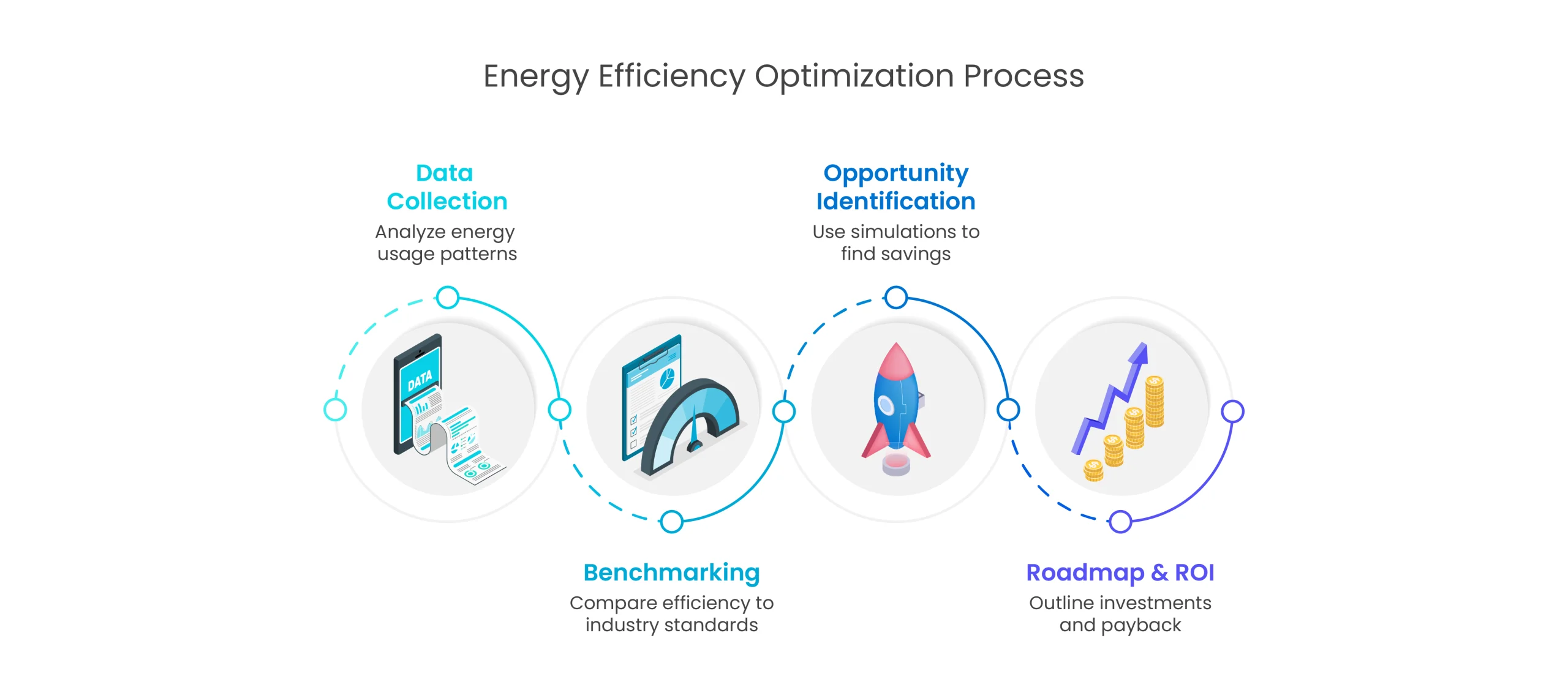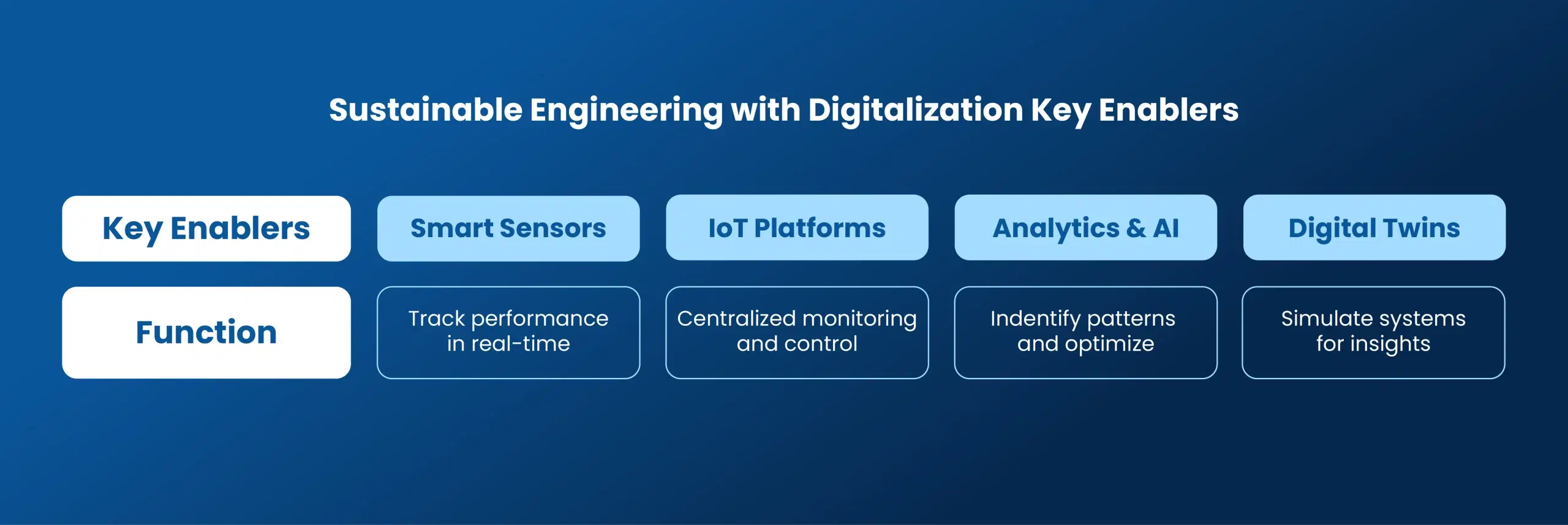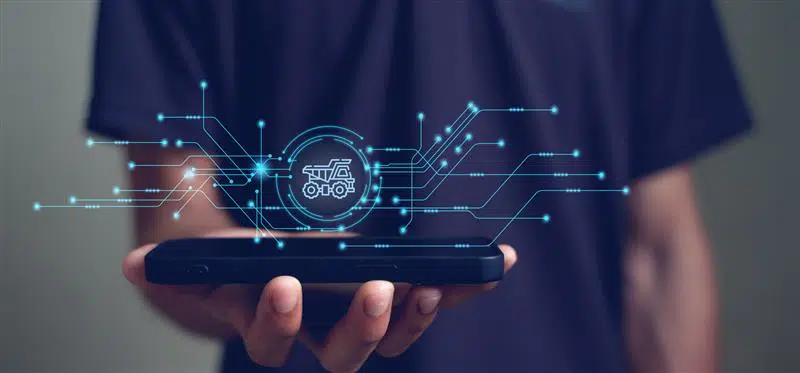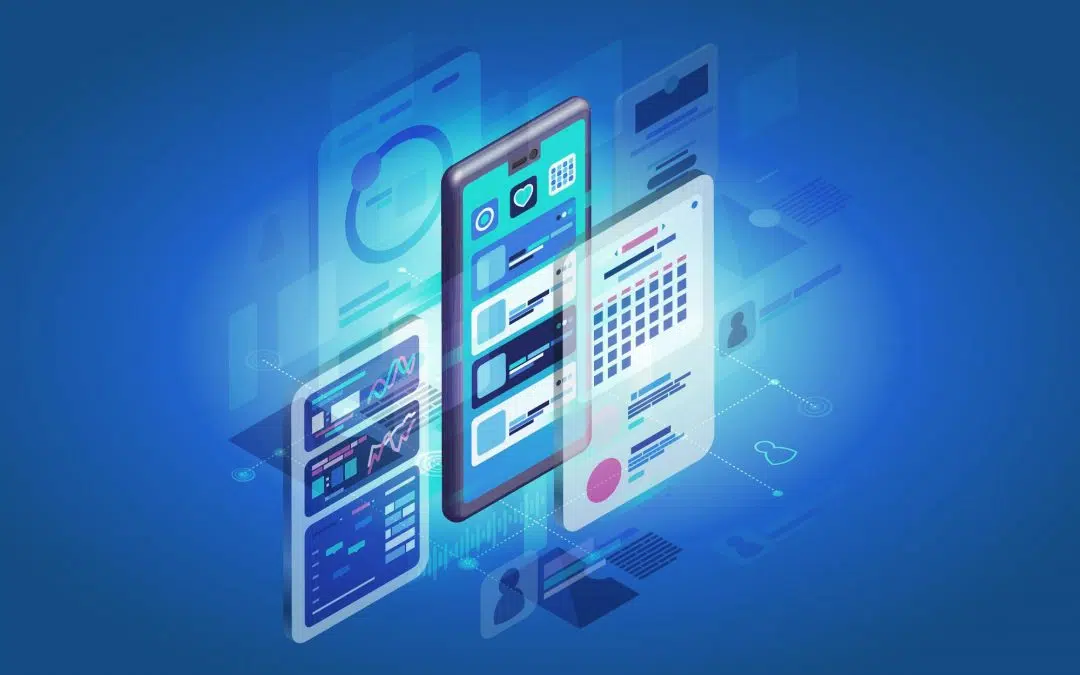
Why Low Code/No Code Platforms Are Disrupting Industrial Software Engineering
Industrial software engineering is becoming increasingly complex due to the demands of automation, connectivity, and real-time data processing. In this landscape, Low-Code/No-Code (LCNC) platforms have emerged as transformative tools that allow users to build applications with minimal or no coding. These platforms align perfectly with Industry 4.0 and digital transformation goals, accelerating innovation while reducing development bottlenecks. By enabling “citizen developers” — professionals without traditional programming backgrounds — to contribute, LCNC democratizes software creation and offers a faster route to solving industrial challenges. This blog explores how LCNC platforms are redefining industrial software development and whether they hold the key to faster, smarter digital transformation.
What Are Low-Code and No-Code Platforms?
Low-Code platforms allow users to develop applications using minimal hand-coding, while No-Code platforms enable complete application creation through visual tools alone. Both empower teams to build solutions quickly but differ slightly in user skill requirements—Low-Code suits developers looking to accelerate delivery, while No-Code targets non-technical users.

Key Features of LCNC Platforms:
- Reusable Components: Prebuilt modules reduce redundancy and coding effort.
- Drag-and-Drop Interfaces: Intuitive design environments for building UIs and workflows.
- Visual Modeling: Logical flows and data structures can be mapped visually, reducing complexity.
- Built-in Integrations: Seamless connectivity with ERP, MES, IoT platforms, and cloud services.
LCNC vs. Traditional Full-Stack Development:
While full-stack development requires deep programming knowledge, LCNC platforms reduce the learning curve and time-to-market, enabling rapid prototyping and deployment without extensive IT involvement. While full-stack development like building custom furniture with raw materials and tools—it offers maximum control but requires time, skill, and effort, LCNC platforms are like assembling IKEA furniture: faster, guided, and accessible even to non-experts.
Did You Know
Organizations using low-code platforms report up to 70% faster development cycles compared to traditional methods.
— Forrester Research
Why the Industrial Sector Is Embracing LCNC
Traditional software engineering in industrial environments often involves long development cycles, heavy coding, and deep integration efforts. LCNC platforms, however, offer a compelling alternative by addressing key operational challenges:
- Speed: LCNC enables the rapid development and deployment of custom applications—ideal for real-time decision-making, quick fixes on the shop floor, or launching pilot projects without months of lead time.
- Agility: Industrial operations frequently face shifting compliance requirements, production demands, or supply chain disruptions. LCNC platforms allow businesses to pivot fast by modifying workflows or interfaces without overhauling entire systems.
- Cost-Efficiency: By reducing the need for large development teams and minimizing time spent on custom coding, LCNC significantly lowers development overhead and helps clear IT backlogs.
- Shortage of Skilled Developers: With a growing gap in available software engineers, LCNC platforms empower OT engineers, process experts, and citizen developers to create their own tools—bridging the talent gap and decentralizing innovation.
- Integration: Modern LCNC platforms offer built-in connectors for seamless integration with existing MES, ERP, SCADA, and IIoT systems—ensuring that new applications enhance, rather than disrupt, the digital ecosystem.
In essence, LCNC is transforming software engineering in industrial settings from a bottleneck into a business enabler. The next section will explore how these platforms are being used in real-world industrial scenarios and the measurable benefits they’re delivering.
Did You Know
By 2026, 80% of low-code users will be non-IT professionals — Gartner
Key Use Cases of LCNC in Industrial Software Engineering Services
Low-Code/No-Code platforms are revolutionizing industrial software engineering by enabling faster, more adaptive solutions across various use cases:
- Rapid Prototyping for New Machines or Production LinesLCNC tools allow quick app creation to test and validate new production workflows or machine interfaces. These apps can also integrate with digital twins to simulate and refine processes before full implementation.
- Streamlining Maintenance and Service WorkflowsIndustrial teams can build tailored mobile apps for field technicians to manage maintenance logs, access remote diagnostics, and report issues in real-time—vital for smart factory efficiency.
- Compliance and Quality Tracking DashboardsOrganizations can create intuitive dashboards to track compliance with ISO, GMP, and OSHA standards. Role-based access ensures that only the right personnel manage or view critical quality data.
- Legacy System ExtensionInstead of replacing outdated systems, LCNC platforms enable modern UI layers and API-driven integrations that enhance functionality—without the cost and risk of full system rebuilds.
Did You Know
75% of large enterprises will be using at least four low-code tools by 2026.
— Gartner
LCNC: Business and Technical Benefits
Low-Code/No-Code platforms offer significant business and technical advantages, making them a strategic asset in modern industrial software engineering.
LCNC accelerates time-to-value by enabling faster application deployment, helping businesses respond swiftly to market and operational needs. With real-time data integration, leaders gain access to data-driven insights for smarter decision-making. Most importantly, LCNC democratizes innovation, allowing non-technical staff across departments to contribute to digital initiatives—breaking down silos and encouraging cross-functional collaboration.
On the technical side, LCNC helps reduce technical debt by minimizing hard-coded, legacy solutions and replacing them with maintainable, modular applications. It frees up skilled developers to focus on mission-critical and complex engineering challenges instead of routine app development. Moreover, LCNC fosters stronger collaboration between IT, OT, and business units, ensuring that applications align more closely with real operational needs and are delivered faster and more efficiently.
Together, these benefits make LCNC a game-changer for scalable, agile industrial innovation.
Future Outlook – Where Is LCNC Headed in Industrial Software?
The future of Low-Code/No-Code in industrial software engineering is promising, with advancements that will deepen its impact and reach.
- AI/ML Integration: LCNC platforms will increasingly leverage artificial intelligence and machine learning to auto-generate smarter, context-aware applications.
- Stronger Industrial Connectors: Support for protocols like OPC UA, MQTT, and Modbus will improve, enabling seamless integration with shop floor systems and IIoT devices.
- Hybrid Development Models: Expect a rise in environments that blend LCNC with traditional coding—offering flexibility for both citizen developers and professional engineers.
- Unified IT-OT Platforms: LCNC will play a key role in IT-OT convergence, allowing cross-functional teams to build, deploy, and manage solutions from a single platform.
- Mainstream Citizen Developer Programs: Enterprises are formalizing LCNC adoption with structured training and governance, making citizen development a core part of digital transformation.
This evolution positions LCNC as a long-term strategic enabler.
How Utthunga Enables Low-Code Success in Industrial Software Engineering Services
As industries increasingly adopt Low-Code/No-Code solutions to accelerate digital transformation, the right technology partner becomes critical. Utthunga, with its deep expertise in industrial software engineering and system integration, plays a pivotal role in enabling successful LCNC adoption across complex industrial environments.
Expert Services in Software Engineering & System Integration
Utthunga delivers end‑to‑end software engineering, including application development, middleware, and IIoT system integration—backed by deep experience in industrial-grade solutions.
OT/IT Interoperability & IIoT Expertise
Leveraging a strong track record in OT/IT convergence, edge computing, industrial protocols (OPC‑UA, MQTT), and IIoT, Utthunga’s teams build seamless, high‑performance integrations.
Secure, Scalable LCNC Architecture
Utthunga architects LCNC‑based solutions with robust security (ZTA, SIEM, DevSecOps) and modular design—ensuring scalability and compliance with industrial standards.
Industry‑Tailored Case Experience
With proven solutions like IIoT accelerators (Javelin), device integration stacks, and CMMS/mobile maintenance apps, Utthunga has empowered manufacturers to deploy LCNC applications rapidly and efficiently
By combining software engineering rigor with domain‑specific knowledge and cutting‑edge integration services, we position industrial firms to succeed with low‑code transformation.
Looking to simplify software delivery across your industrial operations? Explore our software engineering services.







